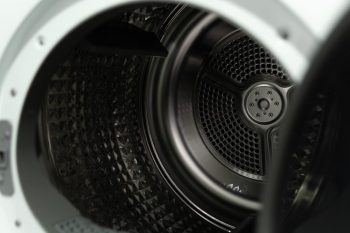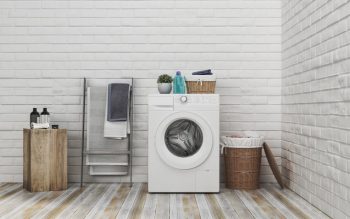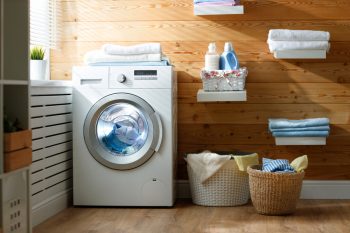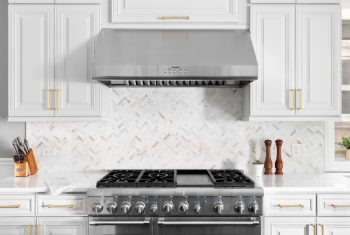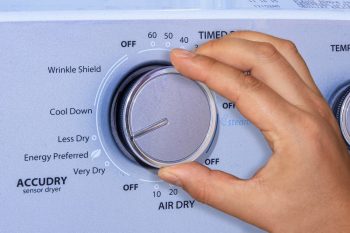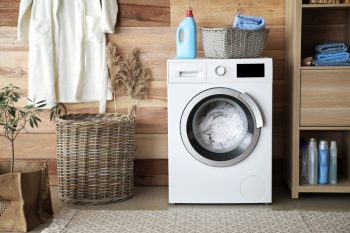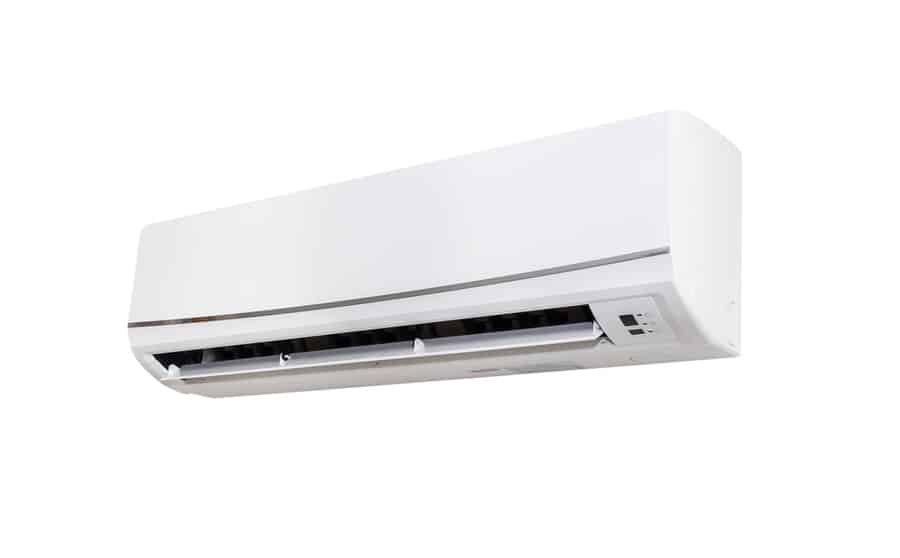
The first step to taking excellent care of any appliance is understanding how it works. Modern air conditioners utilize computers that make them more complex, but all air conditioners are made up of the same basic parts.
One such part type is a vent. An air conditioner requires several vents to function, which are placed internally and externally in your home.
These vents do an important job.
- They expel cold air into your home
- They suck in air to the air conditioner
- They expel hot air to the outside of the home
If any of your vents have a problem, you will notice a drop in performance.
I’ll cover the basic process your air conditioner uses. Then I’ll discuss the two main vents in your air conditioner. This includes how they are constructed, what they do, and how they should be maintained.
How Does an Air Conditioner Work?

Understanding how important vents are to your air conditioner’s functioning helps to know how it works.
In broad strokes, your air conditioner sucks in air from your home, pulls the heat out to cool it down, and puts the colder air back into circulation in your home.
However, energy (including heat) doesn’t just disappear. It has to go somewhere. When your air conditioner pulls heat from the air, it stores it in a substance called refrigerant (many different types of refrigerant are used).
Then, it moves the hot refrigerant to another compartment to let it cool down by blowing air across it. This air will become hot and thus needs to be removed from the house to achieve an overall cooling effect.
3 Important Jobs Your Air Conditioner Vents Do
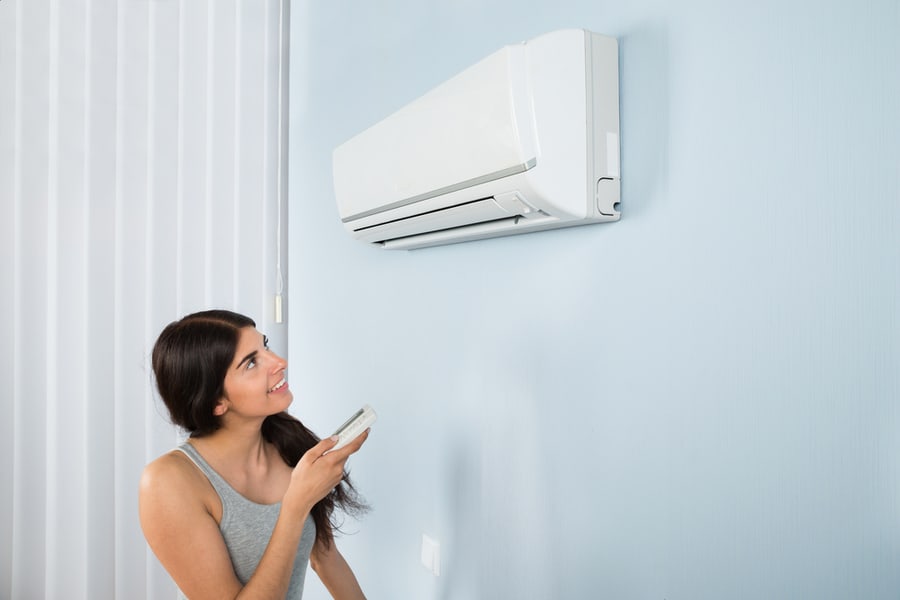
Now that you know how an air conditioner works, you can see that it requires moving large quantities of air around.
It also involves keeping different air temperatures from mixing since this would negate the unit’s ability to make your home colder.
Your air conditioner uses several vent systems (and associated ducts) to accomplish this.
There are three main jobs a vent does and two locations where they show up:
1. Expel Cooled Air Into Your Home

The most noticeable function of vents is to expel the treated, cold air back into your home. Vents that put cold air back into your home are called return vents.
These vents are located throughout your home, usually on the floor or ceiling. They can be opened and closed like blinds to modulate the air passing through them.
2. Supply Air to Your Air Conditioner
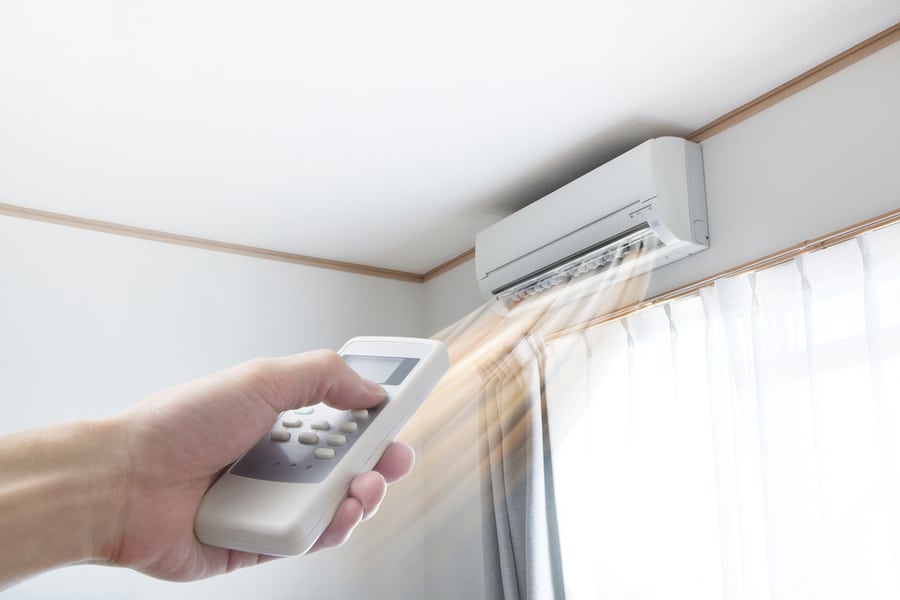
The supply vent design varies from unit to unit, but they all serve the same function. The air conditioner must be supplied with… well, air to create cool air.
Depending on the model, these vents can be located outside or inside the home.
3. Expel Hot Air Your Unit Generates Outside

Finally, when your air conditioner makes some air colder, it also makes other air warmer. It is sucked into a vent and pumped outside to prevent this air from re-entering your house.
The exhaust vent is usually located on the backside of your home or the roof.
How To Maintain Air Conditioner Vents

Since proper airflow is central to the function of your unit, maintaining the vents is crucial. It would be best if you were doing upkeep on your vents monthly. Regular upkeep includes:
- Removing blockages from the vents
- Checking for clogs in the ducts
- Cleaning the grates on the vents of dust
- Cleaning the air filters on your unit
Most problems you see with vents can be solved using a good vacuum. However, occasionally something larger can get dropped into or pushed into a vent (animals and small children are the usual culprits).
Takeaway
Your vents do the important job of moving air through the air conditioning unit. The typical air conditioner has an exhaust vent that leads outside your house, a supply vent, and several return vents.
These vents should be kept free of obstruction and dust to keep them working properly. A monthly vacuuming of the filters and grates is usually enough to complete the job.
Frequently Asked Questions
Why Do Air Conditioner Vents Open and Close?
Central heating and cooling systems often feature vents that can be adjusted to an open, partial, or closed state. This is because different rooms in your home hold heat differently.
While some rooms get and stay hot easily, others stay drafty and chilly. Adjusting the vent changes how much air exits the system into that room and helps make the temperature more uniform.

